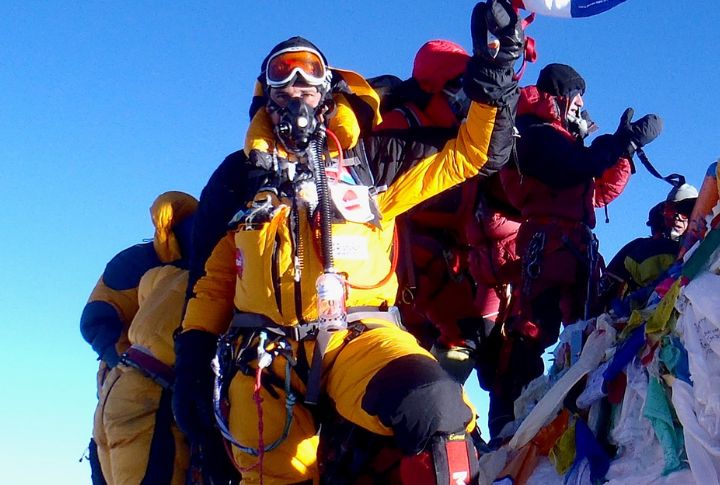
Something’s gone seriously wrong with how people climb Everest these days. The mountain itself hasn’t changed, but everything else has. Poor decisions, cost-cutting measures, and systematic failures now define many expeditions. Understanding these problems might just save someone’s life before they attempt their climb.
Death Zone Traffic Jams
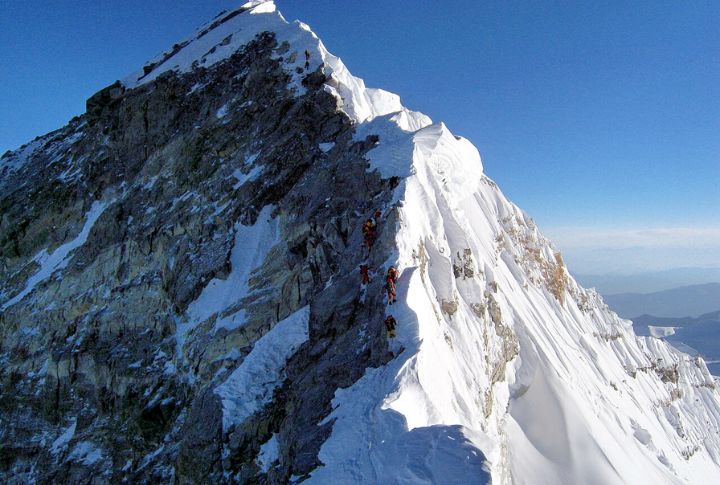
Traffic jams at 29,000 feet sound absurd, but they’re a deadly reality on Everest. Over 600 climbers attempted the summit in a single day during 2023’s spring season, creating dangerous bottlenecks. The infamous 2019 photo showing summit queues contributed to 11 deaths that season.
Unqualified Guide Problem
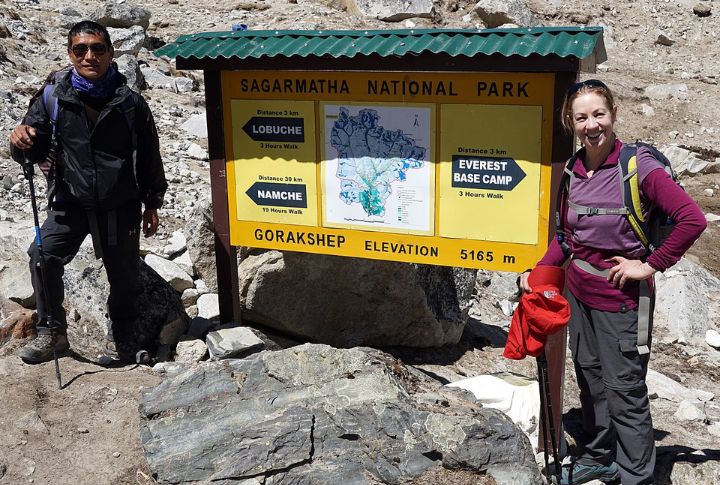
Experience matters when your life hangs in the balance. According to a 2019 Outside magazine investigation, 23% of local Everest guides had never climbed another 8,000-meter peak besides this one. While experienced Western guides command $100,000+ per season, local guides earn under $5,000.
Summit Fever Kills
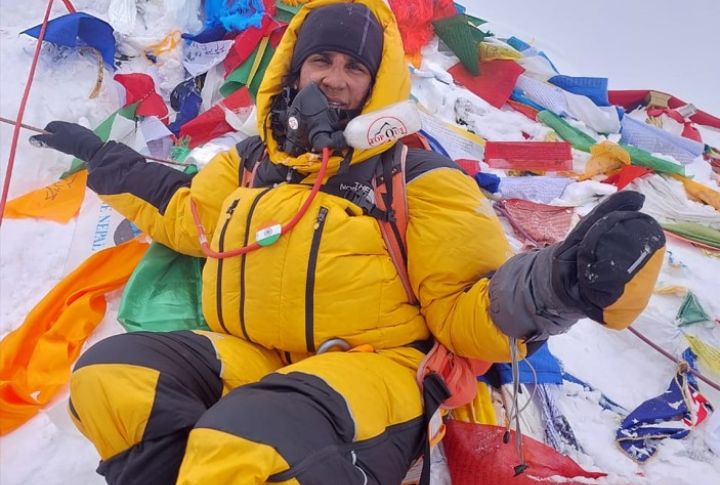
Did you know that standard 2 PM turnaround times get violated by 40% of climbers, making late summiteers three times more likely to die? “Summit fever” causes climbers to ignore clear retreat signals, with bodies discovered frozen just 300 feet from the peak after attempting dangerous late descents.
Budget Operators Cut Corners
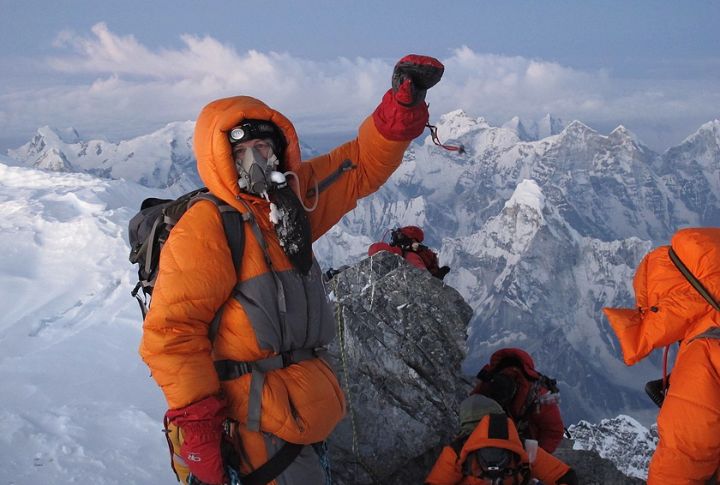
Bargain hunting can be fatal on the world’s tallest mountain. Discount expedition companies charge around $35,000, compared to premium operators, which ask $ 100,000 or more. These budget outfitters often provide expired oxygen canisters and substandard equipment while skipping critical acclimatization rotations.
Weather Forecast Limitations
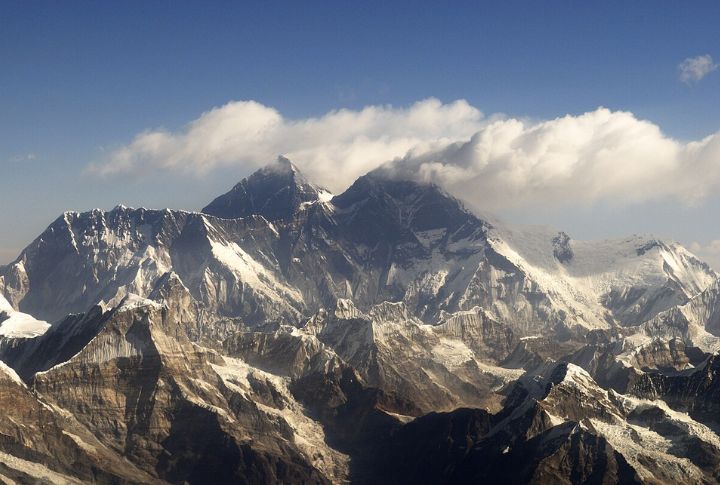
Forecasting accuracy drops significantly beyond 3–5 days, yet expedition planning requires 7–10 day windows. Apparently, the 2019 season offered only four good weather days, forcing dangerous overcrowding. Jet stream winds reach 200+ mph above 28,000 feet, while many weather-related accidents occur during sudden storms.
Oxygen System Failures
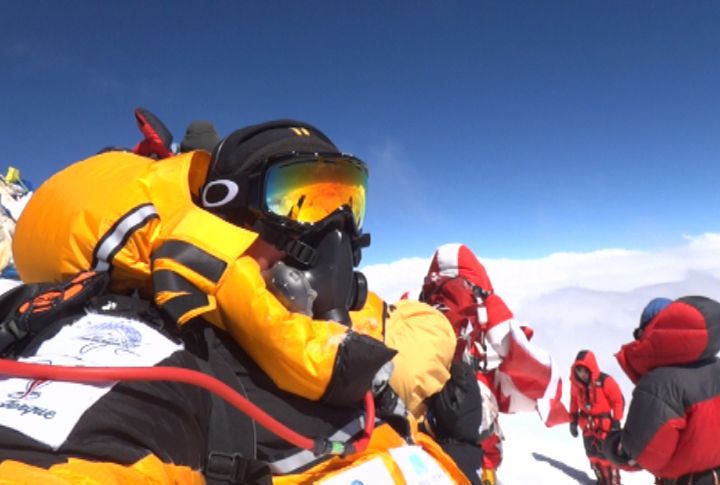
Your lifeline shouldn’t be a gamble. Each climber requires 6–8 oxygen bottles, but many carry only 4–5 to reduce weight. While regulator failures occur in just 0.5% of hiking attempts, a 2018 incident highlighted how multiple malfunctions still happen in extreme cold.
Rescue Mission Impossibility
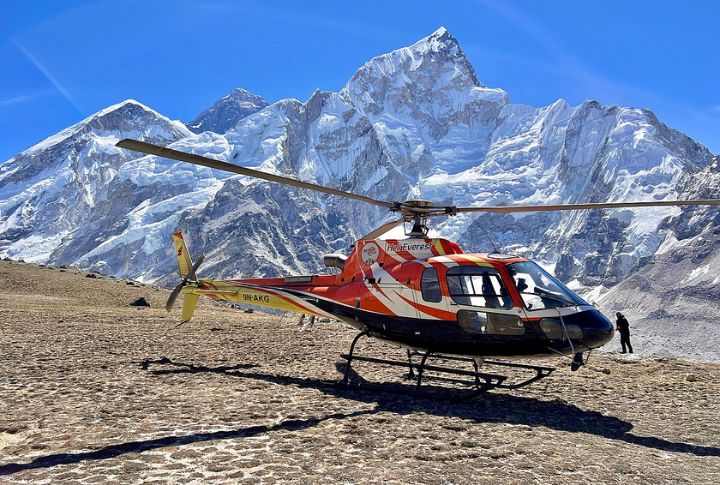
Help isn’t coming when you need it most. Helicopters can technically operate above 23,000 feet, but their effectiveness plummets due to thin air. The highest successful helicopter rescue reached 23,000 feet in 2013. Above Camp 4, rescue attempts succeed only 20% of the time.
Fixed Rope Hazards
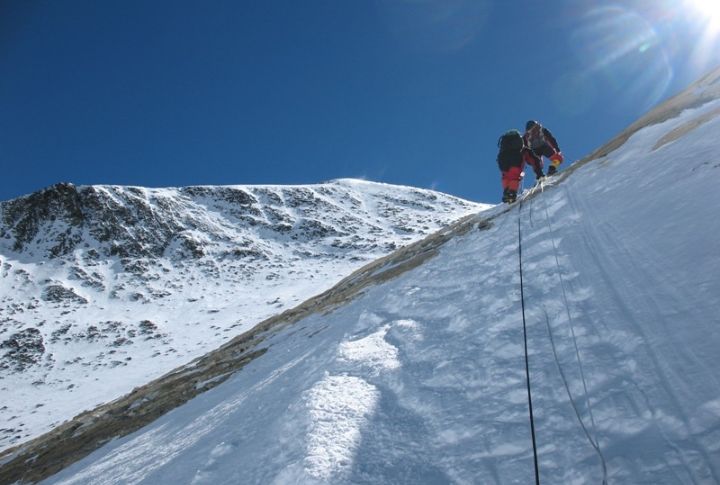
Just 12–15 Sherpas install ropes for hundreds of climbers each season. Unfortunately, old ropes from previous years create confusion in terms of directions, with 8% of climbing fatalities attributed to rope anchor failures. Some mountain sections even feature three different rope systems from various years.
Altitude Sickness Misdiagnosis

Apparently, your brain swells as you climb higher. High Altitude Cerebral Edema typically develops 1–5 days after ascent, affecting around 40% of climbers above 18,000 feet. Pulse oximeters malfunction in super cold conditions, providing dangerously false readings when accurate oxygen saturation measurements become important.
Body Recovery Dangers
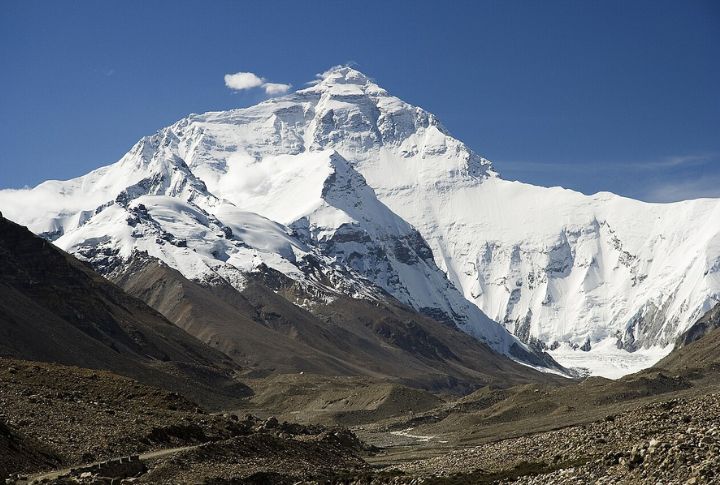
Of course, the mountain keeps its victims. It’s sad to know, but more than 300 bodies remain on Everest, with 200+ located directly in climbing route zones. Recovery operations require 6–10 climbers and cost $40,000–$80,000 per body. “Green Boots” is one of those famous landmarks.

